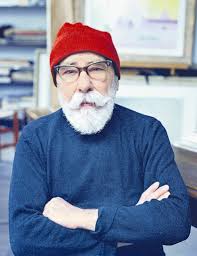
Jan Zrzavy
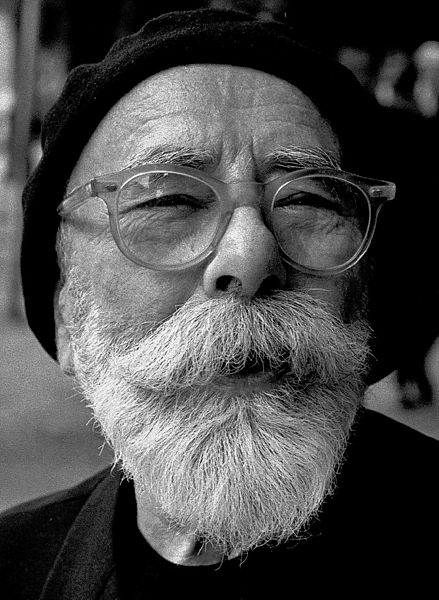
description
A Czech artist, graphic illustrator, stage designer and writer. Jan Zrzavy was one of the leading representatives of the 20th-century national art avant-garde, one of the founders of the creative association of artists “Sursum”, a member of the Czech Artists Association “Manes” and the Union of Graphic Artists “Gollar”. In 1937, the Nazis declared the master’s works “degenerative art”. In 1965, he was awarded the title People’s Artist of Czechoslovakia. In the gallery of Jan Zrzavy in Telci, works that he bequeathed to his people are exhibited.
Key ideas:
– The initial period of Zrzavy’s work was marked by paintings created in the style of the Czech Secession – a synthesis of the techniques of the already fading out Art Nouveau, Symbolism and Impressionism, which became classic in France.
– Lyricism clearly manifested itself in his “Valley of Sorrow”, “Nocturne” and other early paintings; in subsequent years, it became a feature of his peculiar manner.
– His genre and religious works (the artist was a sincere and deeply religious man) are permeated with the notes of melancholic contemplation; his lyrical national landscapes, fantastic landscapes and still lifes are marked by the clarity of the refined linear rhythm.
– After the events of the First World War, which deeply affected Jan Zrzavy, a poetic style abstracting from reality manifested itself in his paintings; shapes and volumes became simple, silhouettes became soft, and colouristic decisions, according to art critics, became less artistic.
– In the subsequent easel paintings of Jan, he focused more and more on the landscape. Drawing inspiration from his acquaintance with new countries, he painted Italian (mainly Venetian) and Breton views, often creating two options – for example, the day and night painting of the Venetian Cathedral of San Marco. The features of Cubism were added to the developed technique, but not in its pure form.
– The artist used the technique of collage: in one of the versions of Cleopatra, for example, he used wood and gilding. When Jan’s art was ranked as “degenerate” and during the Second World War, sullenness and fatality began to appear in his paintings; however, along with the motif of death, there was also hope, often expressed in the selection of gamma, like in the “Venetian Still Life”. The artist retained his largely lyrical style, built rather on imagination than on nature, even in the post-war period. In general, all the paintings by the Czech master are characterized by repeating motifs, especially the image of Cleopatra and the views of Brittany.
– Apart from paintings, Jan Zrzavy created many graphic works, illustrated a huge number of books. The artist’s drawings demonstrate his excellent technique and ability to convey the dynamics of the plot.
1890
1905
1907
1909
1911 - 1914
1918
1920
1924
1930
1947
1950
1960
1970
1977
The birth of the artist
Studied at the studio of K. Reisner
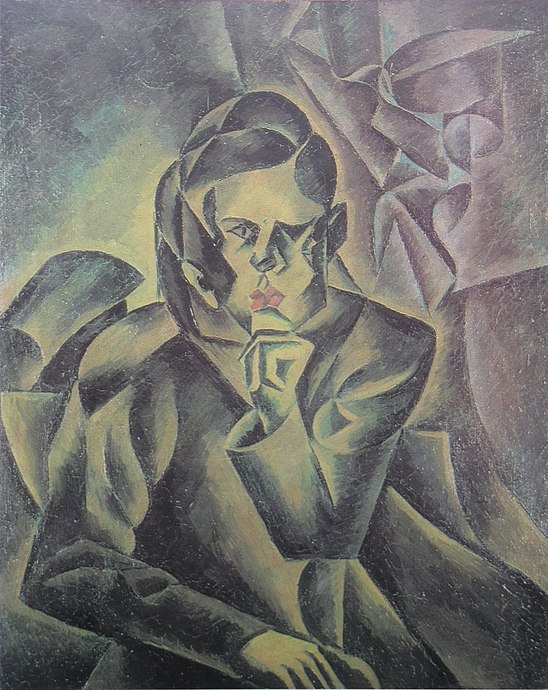
He went to Paris
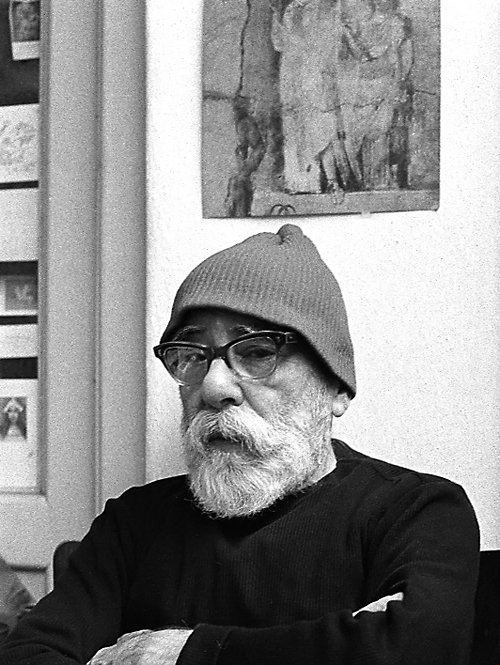
He was expelled
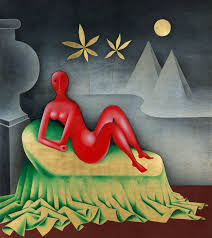
Met Bohumil Kubista
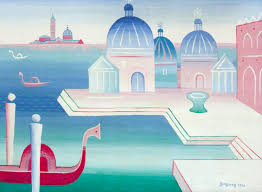
Met the publisher O. Storch-Marien
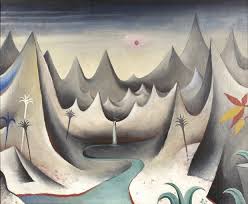
His personal exhibition
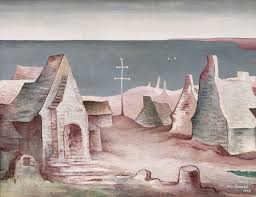
Rented a studio in Paris
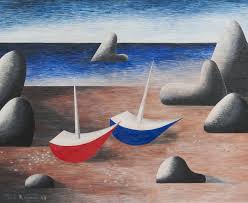
He lived in Paris
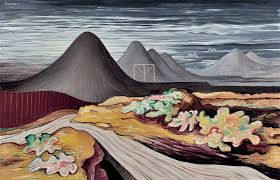
The artist created many murals
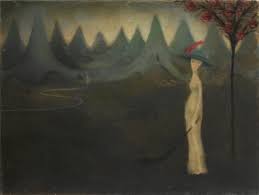
He took part in exhibitions of book illustrations in Prague

Illustrated "White Nights" by Dostoevsky

He wrote an autobiographical book

Jan Zrzavy died

Jan Zrzavy
On Artist
flow
Renaissance
Symbolism
Impressionism
Modern
friends
Bohumil Kubishta
artists
Vratislav Brunner
Leonardo da Vinci
Raphael Santi
Giorgio de Chirico
Edward Munch
Georges Seurat
Paul Gauguin
Frantisek Zhupansky
Joseph Wahal
By Artist
flow
Abstractionism
Cubism
friends
Grigory Alekseevich Musatov
Andrey Belotsvetov
artists
Pavel Lashka
